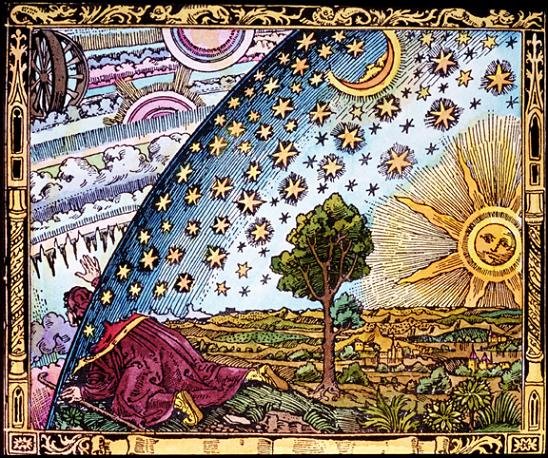



Life as an environmental, vegetarian, travelling, dog lover who loves antique flea markets, drive-in theatres and film noir and who has opinions and stories about everything else.






Thunderbird Park is full of totem poles!

What was left of the carving studio...
Thunderbird Park is the Royal British Columbia Museum’s outdoor totem pole exhibit. Most of the poles are replicas of originals that are now in storage or inside the museum to be preserved. One of the most intriguing parts of Thunderbird Park for us was this huge Kwakiutl long house replica… that we couldn’t get in! One evening, on a whim, I stuck my eye between two of the house boards, and what I saw was amazing. I could see a painted dance screen and two totem poles with wide wings flanking a stage. I moved to the other side of the building and looked in again. There were two massive totem poles flanking (and probably guarding) the entrance. Needless to say, this activity kept us entertained for some time and we walked away feeling like we had discovered the dusty artifacts ourselves, which was almost better than being let into the house on a museum tour.
We spent another three days on Vancouver Island; first exploring the city itself; the waterfront, Chinatown, Beacon Hill Park, the beaches along the Juan de Fuca Strait, the Royal BC Museum. On the third day we rented a car and drove up the coast to Duncan, the city of totem poles and Chemanius, the city of murals, with several scenic detours.

A viewpoint on the Vancouver Island drive
Perhaps the highlight of this detour up the coast was hiking out to Kinsol Trestle. This precarious looking bridge was part of the Trans-Canadian hiking trail before it was set on fire. Imagine, walking across that 600+ foot bridge, 125 feet above the rocky river, with no railings, and huge gaps between the wood beams… I have a feeling this is one thing that would not have been allowed in the US. Now that the bridge is condemned, hikers have to take an 8.5 km detour to continue on their hike.

Kinsol Trestle: would you walk across that?
Once back in Seattle, and through US customs, we explored Pike Place Market, Pioneer Square, the Klondike Gold Rush Museum, Chinatown, and did lots of antique shopping. On Sunday, we spent the day in Fremont at the Summer Solstice Festival, and doing more vintage store and antique store shopping (of course). There was so much fun stuff to do at the festival. We rummaged through 2/$10 boxes of awesome silk skirts, dresses, and tops made from old saris, took a free yoga class, marveled at extravagant “art cars,” and sat down and made collages from 1930s-1940s era National Geographics.
We saw a submarine in Puget Sound on the way back to Seattle.
An idea of what you find at Pike Place Market
What I mean by "art cars"
Sadly, the next day we headed south again. We stopped in Olympia for (more antique shopping) lunch at Spar Café (a McMenamin’s establishment) and over a delicious veggie burger and hummus plate decided to go to Multnomah Falls and then spend the evening at McMenamin’s Edgefield. Edgefield was set on the property of an old “poor farm” and had everything one could want: a hotel, spa and soaking pool, 3 restaurants, brewery, distillery, winery, golf course, glass blower, pool hall, vineyards. What a beautiful place, I can’t wait to go back and do more.
I guess that is the downside of vacations, you rarely are able to completely explore the place you have gone to visit, and have in the process, discovered other places you want to come back to and explore more. But would I stop going on vacations because of that? Never!
More photos are on my flickr page, although more will be updated in July (already reached my June quota).


Later that day she posted the story on the website but there was no video with it, so I’m thinking, “Gahh, I must have been that bad on camera that she didn’t post a video at all. Oh well, that’s a relief…” But then I heard from a lady at The Nut Farmer stand at the mall (where I was hosting an awareness campaign last weekend) that CoosWA was on the news the previous evening. So I zoom over to the KCBY website and sure enough, they did make a video! But hey, I look pretty good.
The full article is here. Click on the video icon under the photo to watch the video in a separate window.

www.flickr.com
|
www.flickr.com
|